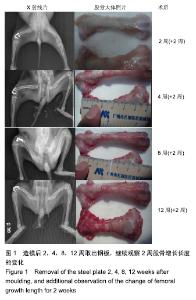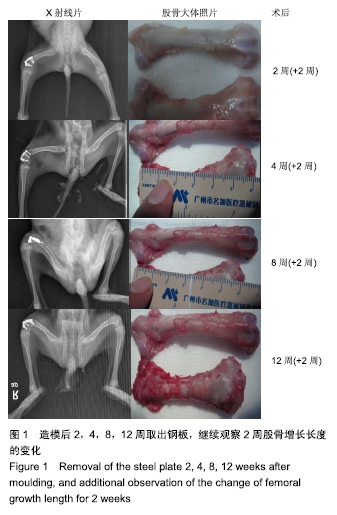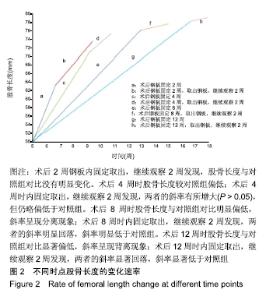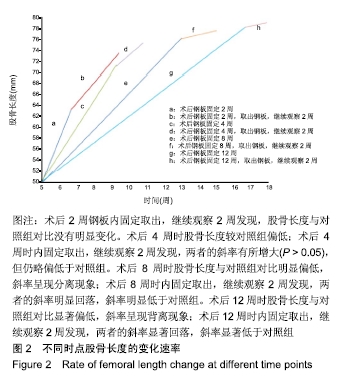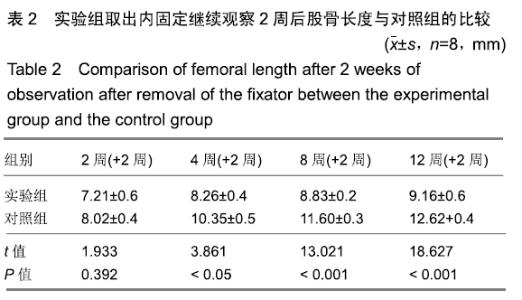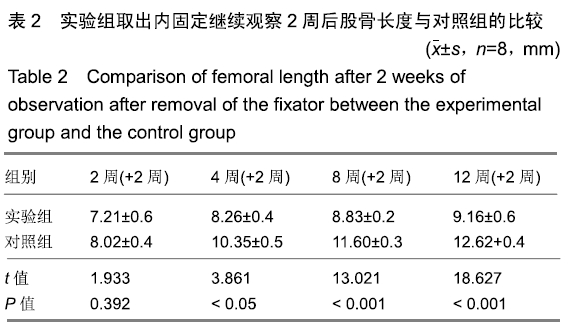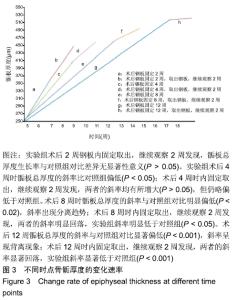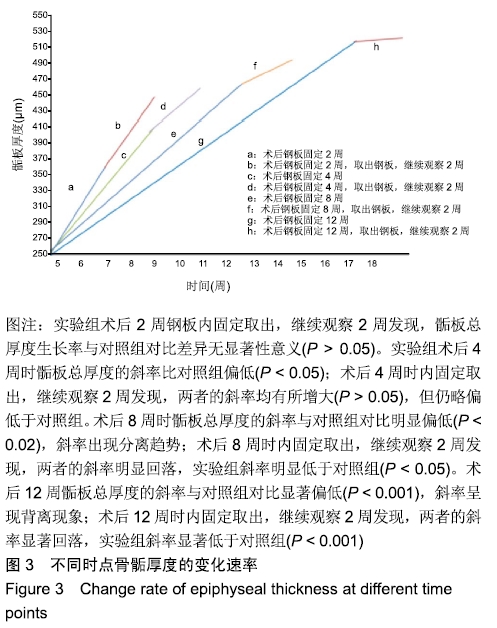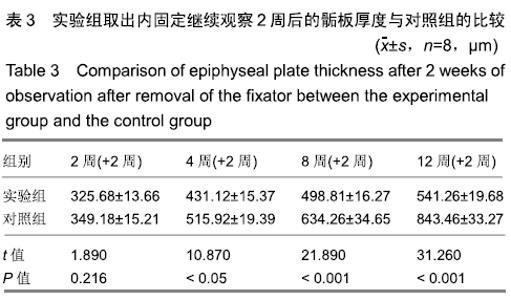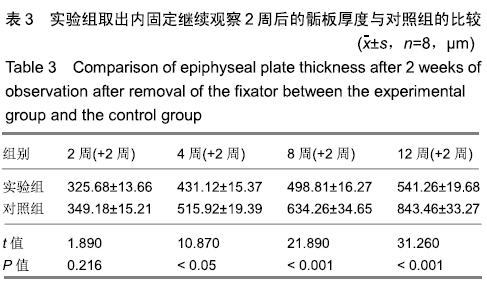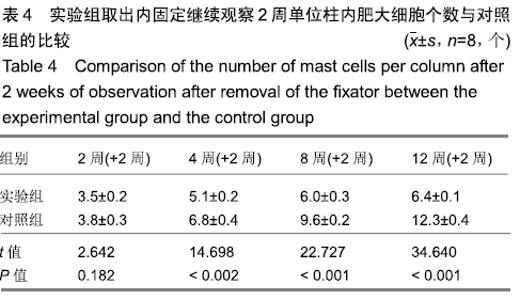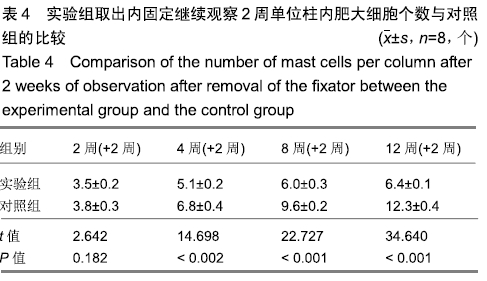[1] SATO T, SHINOZAKI T, FUKUDA T, et al. A typical growth plate closure:apossible chronic. Salter and Harris Type V injury. J Pediatr Orthop. 2002;11(2):155-158.
[2] 庄云强,仲肇平,陈秋.解剖钢板治疗肱骨近端骨骺分离伴干骺端骨折[J].浙江医学,2007,29(2):146-147.
[3] 王兆红,戴维享,吴德惠,等.青少年股骨髁部骨骺损伤的手术治疗[J].实用骨科杂志,2008,14(7):432-433.
[4] 纪开亮,贺凤楼. 股骨近端解剖接骨板治疗青少年股骨髁上骨折10例临床分析[J].黑龙江医学,2009,22(6):918-919.
[5] 景金珠,李清海,吕学敏,等.两种大鼠骺板损伤模型的比较[J].实验动物与比较医学,2015,10(5):351-354.
[6] 陈梓峰,陈爱民.骺板损伤动物模型及制备方法[J].国际骨科学杂志,2008,29(1):31-34.
[7] JANARV PM, WIKSTROM B, HIRSCH G. The influence of transphyseal drilling and tendon grafting on bone growth:an experimental study in the rabbit. J Pediatr Orthop.1998;18(2): 149-154.
[8] 李文超,许瑞江.组织工程骺板软骨治疗骺板损伤的研究进展[J].解放军医学院学报,2013,34(3):298-300.
[9] 张菁,吴守义,杨根兴,等.压力对骨骺板生长影响的研究[J].上海第二医科大学学报,1998,12(5):263-266.
[10] 练克俭,林达生,洪加源. 跨骨骺可滑动钢板对骨骺生长影响的实验研究[C]. 第三届全军创伤骨科大会,2015:203-204.
[11] 崔庆达,刘伟,王鑫,等.制备幼兔骺板周围骨折模型:跨骺板钢板置入内固定影响骺板的生长发育[J].中国组织工程研究,2015, 44(10):7148-7155.
[12] 郭军,李晓东.实验性骨骺损伤骺板软骨超微结构及IGF-II表达的动态变化[D].呼和浩特:内蒙古医学院,2007.
[13] 燕铁斌,徐斌铨,赵翱,等.不同损伤时间对骺板软骨生长的影响[J].中国运动医学杂志,1992,11(1):8-9.
[14] EHRLICH MG, MANKIN HJ, TREADWELL BV. Biochemical and physiological events during closure of the stapled distal femoral epiphyseal plate in rats. J Bone Joint Surg. 1972;54A: 309-322.
[15] 张爱明,蔡林.骺板损伤的诊断与治疗进展[J].中华创伤骨科杂志, 2003,5(4):365-366.
[16] 杨健,刘少峰,刘敏.儿童骨骺及骺板损伤的诊断和治疗进展[J].华西医学,2012,27(3):159-162.
[17] 洪加源,郭林新,练克俭,等. 跨骨骺滑动钢板固定治疗复杂儿童股骨远端骨折的近期临床报告[J].中国骨与关节损伤杂志, 2011, 26(6):490-492. |
